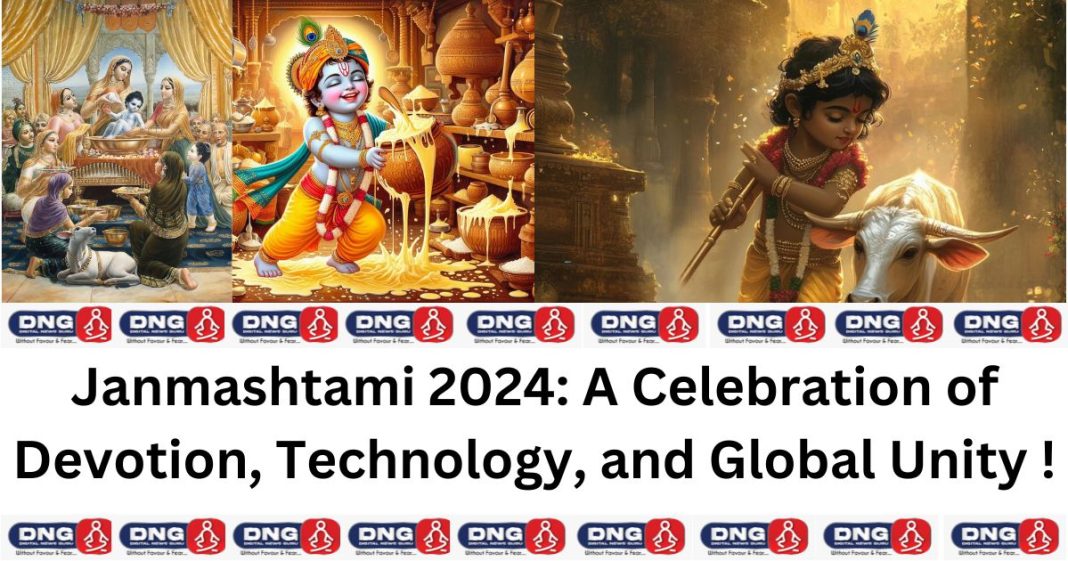DIGITAL NEWS GURU RELIGIOUS DESK :-
Janmashtami 2024: A Celebration of Devotion, Technology, and Global Unity !
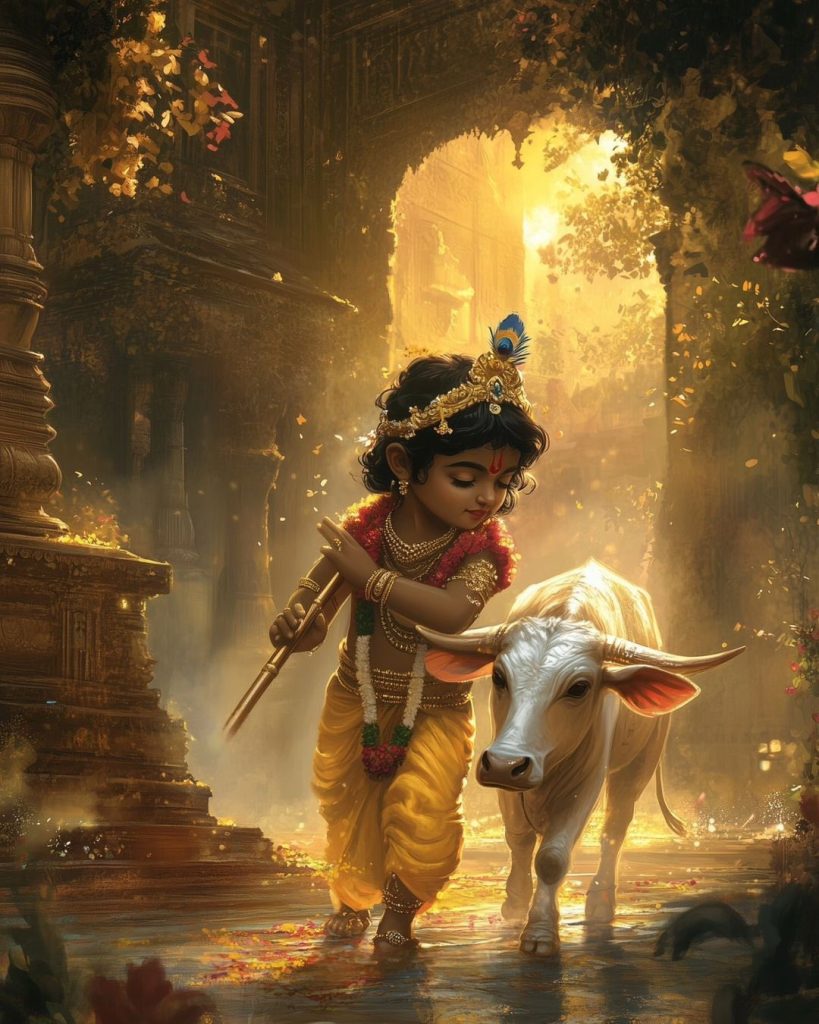
Janmashtami, the festival celebrating the birth of Lord Krishna, was observed with great fervor and devotion across India and in many parts of the world today. This annual Hindu festival, which falls on the eighth day (Ashtami) of the dark fortnight in the month of Bhadrapada (August-September), is marked by various religious, cultural, and social events that bring together millions of devotees.
The festival is especially significant in the states of Uttar Pradesh, Gujarat, Maharashtra, and West Bengal, where large-scale celebrations are held in temples and public spaces.
Significance and Rituals of Janmashtami:

Janmashtami is one of the most important festivals in the Hindu calendar, commemorating the birth of Lord Krishna, the eighth avatar of Lord Vishnu. According to Hindu mythology, Krishna was born in the midnight hour to Devaki and Vasudeva in the city of Mathura.
His birth is seen as the divine intervention to rid the world of evil, represented by his uncle King Kansa, who had imprisoned his parents.
Devotees across India and beyond celebrate Janmashtami by fasting, singing devotional songs, and reenacting episodes from Krishna’s life, particularly his childhood. The festival typically begins with fasting, which is broken at midnight, the believed time of Krishna’s birth.
Temples are beautifully decorated, and idols of baby Krishna are bathed, adorned in new clothes, and placed in cradles to mark the occasion. Devotees chant Krishna’s name and sing bhajans (devotional songs) as part of the celebrations.
Janmashtami 2024: Highlights of the Celebrations:
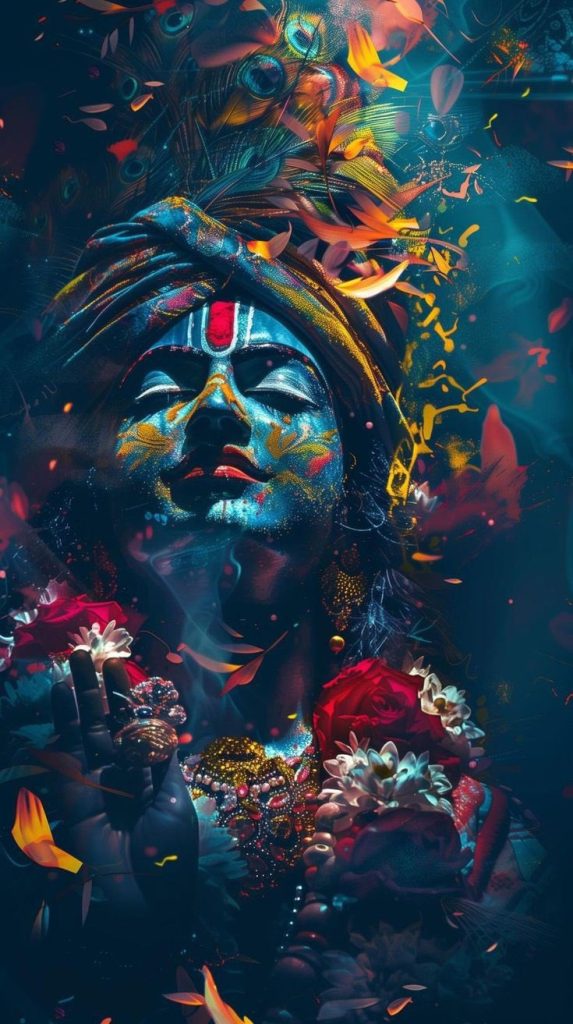
This year’s Janmashtami celebrations were particularly grand, with many temples and homes being decked out in colorful decorations, lights, and flowers. In Mathura and Vrindavan, where Krishna is believed to have spent his childhood, the festivities were even more elaborate.
These cities are considered the epicenters of Janmashtami celebrations, attracting pilgrims from all over the world.
In Mathura, the Janmashtami celebrations began with the traditional “Abhishek” (ritual bathing) of the deity at midnight, followed by a series of prayers and the singing of devotional songs.
The Dwarkadhish Temple in Mathura, one of the most famous Krishna temples in India, was beautifully illuminated, and special arrangements were made for devotees to witness the midnight rituals.
In Vrindavan, where Krishna is said to have performed his childhood “leelas” (divine plays), the ISKCON (International Society for Krishna Consciousness) temple saw thousands of devotees participating in the celebrations.
The temple’s Krishna Balaram Mandir was a focal point of the festivities, with continuous chanting of the “Hare Krishna” mantra, kirtans (musical recitations), and plays depicting Krishna’s life.
In Mumbai, the “Dahi Handi” tradition was celebrated with much enthusiasm. This event, which is inspired by Krishna’s love for butter, involves teams of young men forming human pyramids to break a pot filled with curd, hung high above the ground.
Despite concerns about safety, this year’s Dahi Handi saw massive participation, with several Govinda (youth groups) teams competing to break the pot and win prizes. The state government had issued guidelines to ensure the safety of participants, but the spirit of the event remained as vibrant as ever.
Janmashtami Amidst Global Celebrations:

Janmashtami was not just celebrated in India but also by the global Indian diaspora and Krishna devotees worldwide. In countries like the United States, the United Kingdom, Australia, and Canada, temples organized special prayers, kirtans, and community feasts.
The ISKCON temples in these countries played a pivotal role in bringing together the Hindu community for the celebrations. Virtual events were also held, allowing devotees to participate in the festivities from the safety of their homes, especially those who could not attend in person due to ongoing concerns about COVID-19.
In London, the Bhaktivedanta Manor, donated by The Beatles’ George Harrison to ISKCON, saw large gatherings with a mix of in-person and online events. The manor hosted traditional rituals, singing, and dancing, along with a grand feast that was shared with all attendees.
Similarly, in New York, the ISKCON temple in Brooklyn hosted a large-scale Janmashtami event, drawing both local devotees and international visitors.
Janmashtami and the Influence of Modern Technology:

Technology played a significant role in this year’s Janmashtami celebrations. With the growing influence of digital platforms, many temples streamed their rituals live on social media and dedicated websites, allowing millions of devotees worldwide to participate virtually.
This approach not only catered to those who could not attend in person due to geographical constraints but also helped maintain social distancing protocols in crowded places.
Several mobile apps and websites offered live streams of the midnight “abhishek” and other rituals from famous temples like the Krishna Janmabhoomi in Mathura and the ISKCON temples in Vrindavan and Mumbai.
These digital initiatives were particularly popular among the younger generation, who used social media to share their own Janmashtami celebrations at home, further amplifying the reach of the festival.
Environmental and Social Aspects of Janmashtami 2024:
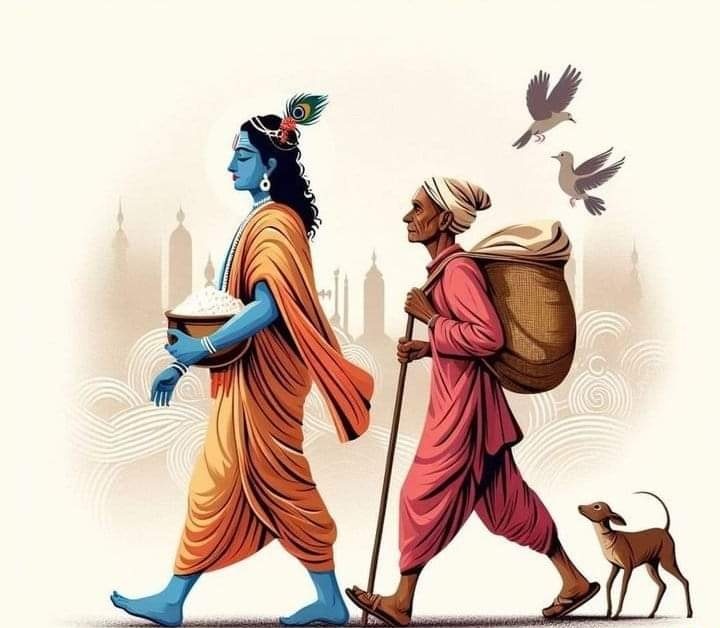
This year, environmental consciousness also played a part in the celebrations. Many temples and communities opted for eco-friendly decorations, using natural materials like flowers, leaves, and biodegradable items instead of plastic.
The use of LED lights instead of traditional incandescent bulbs was encouraged to save energy.
In some parts of the country, Janmashtami was also marked by charitable activities. Devotees organized food distribution drives, providing meals to the needy. In urban areas, community kitchens prepared “prasadam” (consecrated food) that was distributed to underprivileged sections of society.
These acts of charity were seen as an embodiment of Krishna’s teachings of love, compassion, and service to humanity.
Conclusion: Janmashtami’s Continuing Relevance
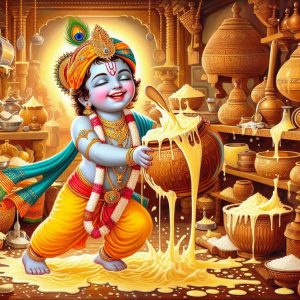
Janmashtami 2024 was a testament to the enduring devotion of millions of people to Lord Krishna and his teachings. The celebrations, whether in the ancient cities of Mathura and Vrindavan, the bustling metropolis of Mumbai, or across the world, were marked by a deep sense of spiritual joy and communal harmony.
As technology continues to bridge the gap between tradition and modernity, Janmashtami remains a vibrant and unifying festival that brings together people from all walks of life in celebration of one of Hinduism’s most beloved deities.
This year’s Janmashtami, with its mix of traditional rituals, global participation, and a touch of modern innovation, not only highlighted the cultural richness of Hinduism but also demonstrated how festivals can adapt to changing times while retaining their core values.
YOU MAY ALSO READ :- The Unified Pension Scheme’s Impact on India’s Pension Landscape !



